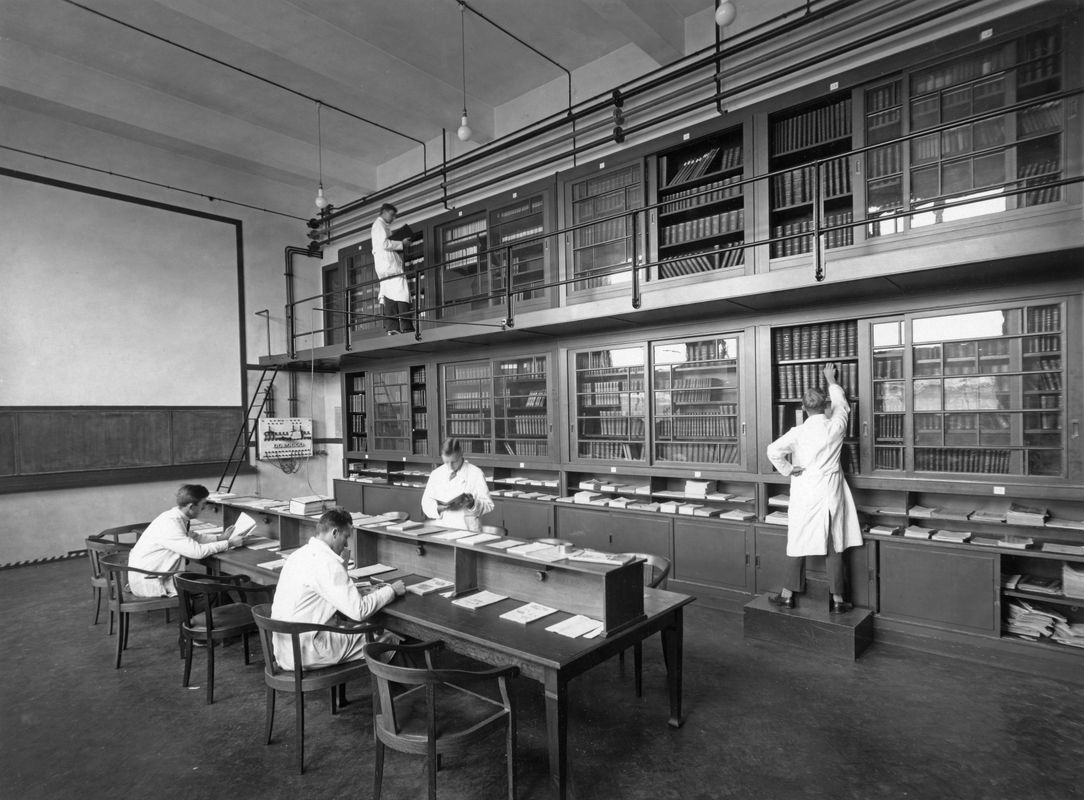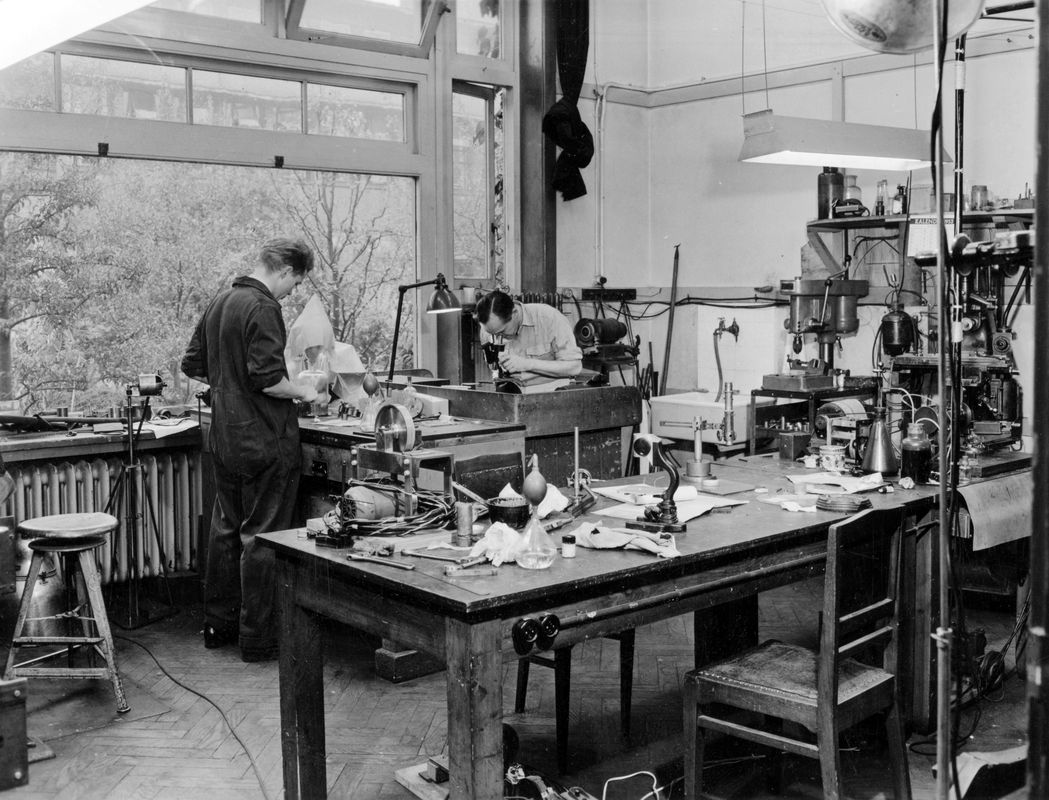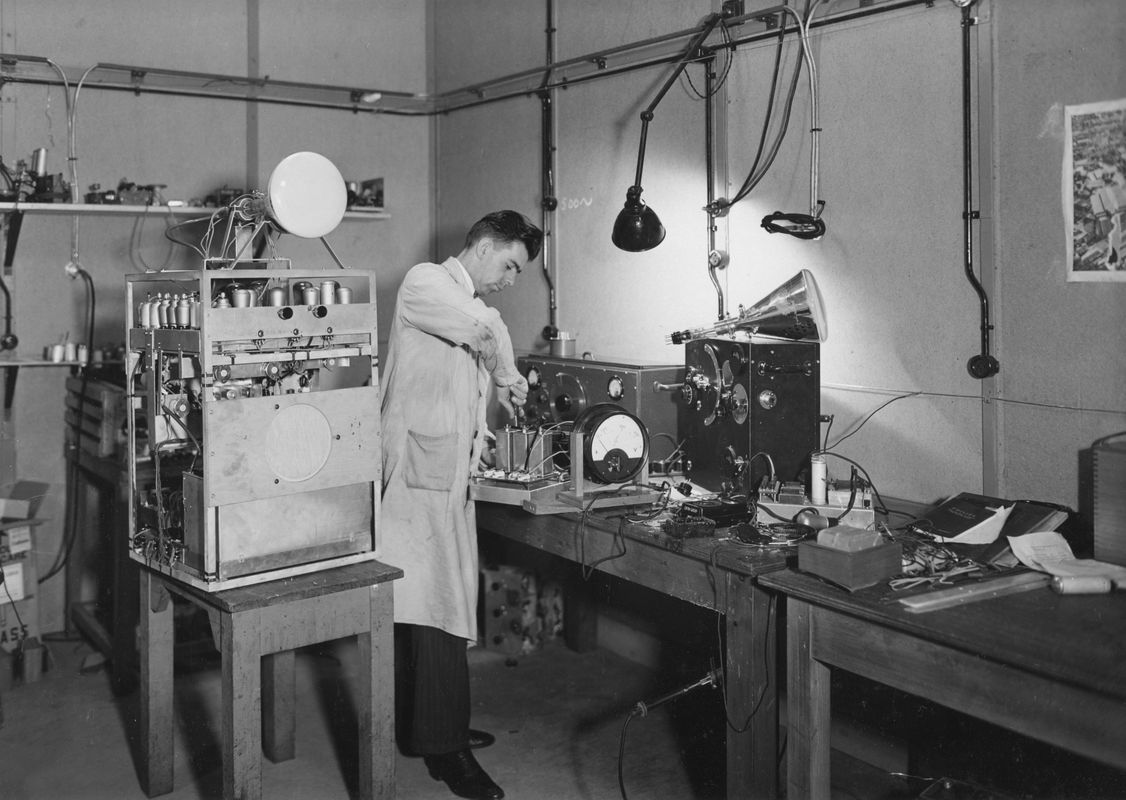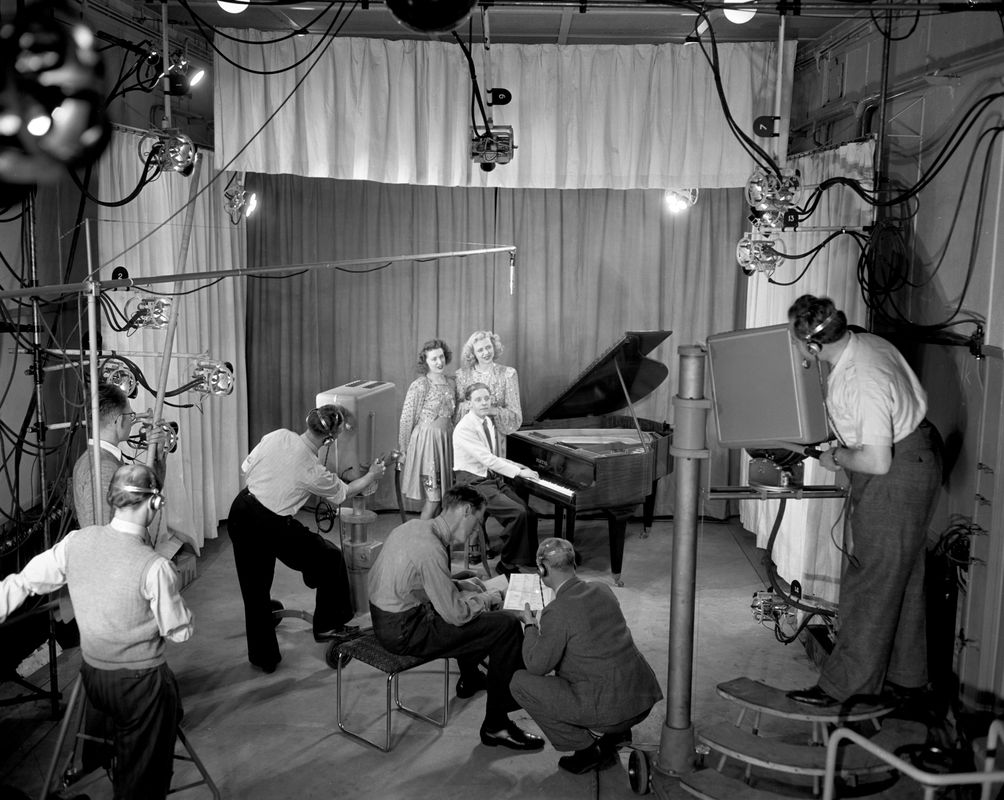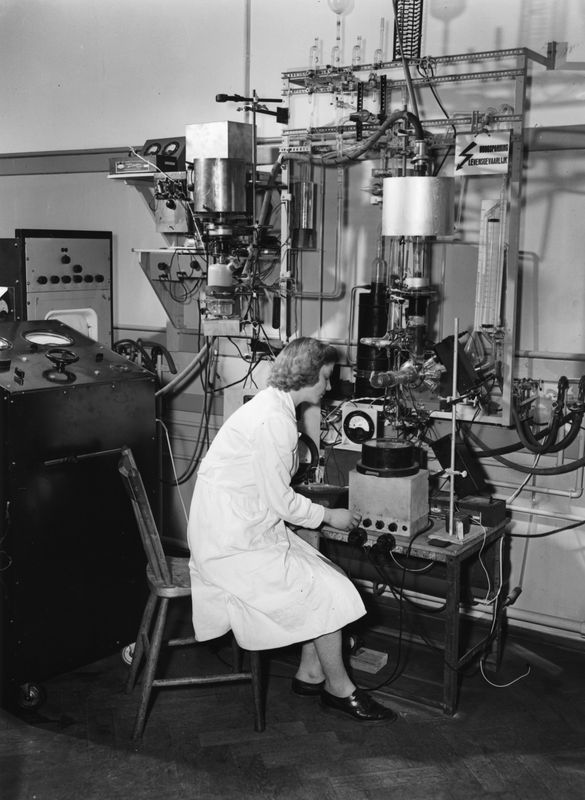A place full of history
NatLab is a historical and innovative landmark in Eindhoven. Once the cradle of groundbreaking technologies such as the lightbulb and the CD, it was also a site where Einstein gave lectures and Queen Wilhelmina connected with the Dutch East Indies via radio. Our building on Strijp-S provided decades of space for research, inventions, and experiments, playing a crucial role in the development of technologies like shortwave radio, synthesizers, and television.
In 1923, NatLab received its own building on Kastanjelaan in Eindhoven. The facility accommodated a growing team of researchers and was equipped to facilitate both fundamental and applied research. Under the leadership of Gilles Holst, NatLab became a hub where internationally renowned scientists, such as Albert Einstein, were invited, and where fundamental research was seamlessly combined with practical experimentation.
During the 1920s and 1930s, numerous innovations were developed that strengthened Philips’ global position. NatLab not only laid the foundation for new lighting systems but also experimented with radio technology, leading to the first shortwave radio broadcasts between the Netherlands and the Dutch East Indies. These technological breakthroughs established Philips as a leading company in Europe.
During World War II, NatLab remained active despite the challenges of the occupation. After the war, the laboratory became a critical site for developing new technologies that would bring Philips international fame. Under the leadership of the triumvirate Hendrik Casimir, Evert Verwey, and Herre Rinia, research expanded into areas such as the video long-play disc (VLP), a precursor to the CD, and other groundbreaking innovations. NatLab’s role in the development of the CD, in collaboration with Sony, was significant and resulted in further advancements like the CD-ROM and other digital technologies.
However, by the late 1950s, the facility no longer had sufficient space to accommodate Philips’ growing ambitions. In 1963, the decision was made to relocate the laboratory to a new, large-scale research complex in Waalre, later known as Philips Research.
By 1963, NatLab had established itself as a hotbed of scientific innovation, a place where fundamental research and technological applications went hand in hand. It played a pivotal role in transforming Philips into a global leader and made an enormous contribution to the technological progress of the twentieth century. The legacy of this period lives on in today’s Natlab, which proudly cherishes the history of this remarkable location.
More about the history of Natlab.
The information was provided, and the historical research was conducted by Architectuurcentrum Eindhoven.
THE RICH CULTURAL OFFER NOWADAYS
Since its reopening in 2013, Natlab has offered a diverse mix of film, theater, dance, exhibitions, lectures, and debates. It is not only a venue for cultural activities but also for business events. With five cinema halls, a multifunctional stage, exhibition spaces, and a café-restaurant, Natlab is a unique location for meetings, symposiums, presentations, and private events. The spaces exude history while offering modern comfort.
The complex also houses several creative and educational organizations, such as the film platform Broet, Baltan Laboratories, and the Eindhoven Architecture Center. Additionally, the educational institution SintLucas has taken over part of the former NatLab complex. This transformation has breathed new life into the building, making it a vibrant place where innovation, creativity, and history converge. Natlab remains a symbol of the innovative and entrepreneurial spirit that defines Eindhoven.



